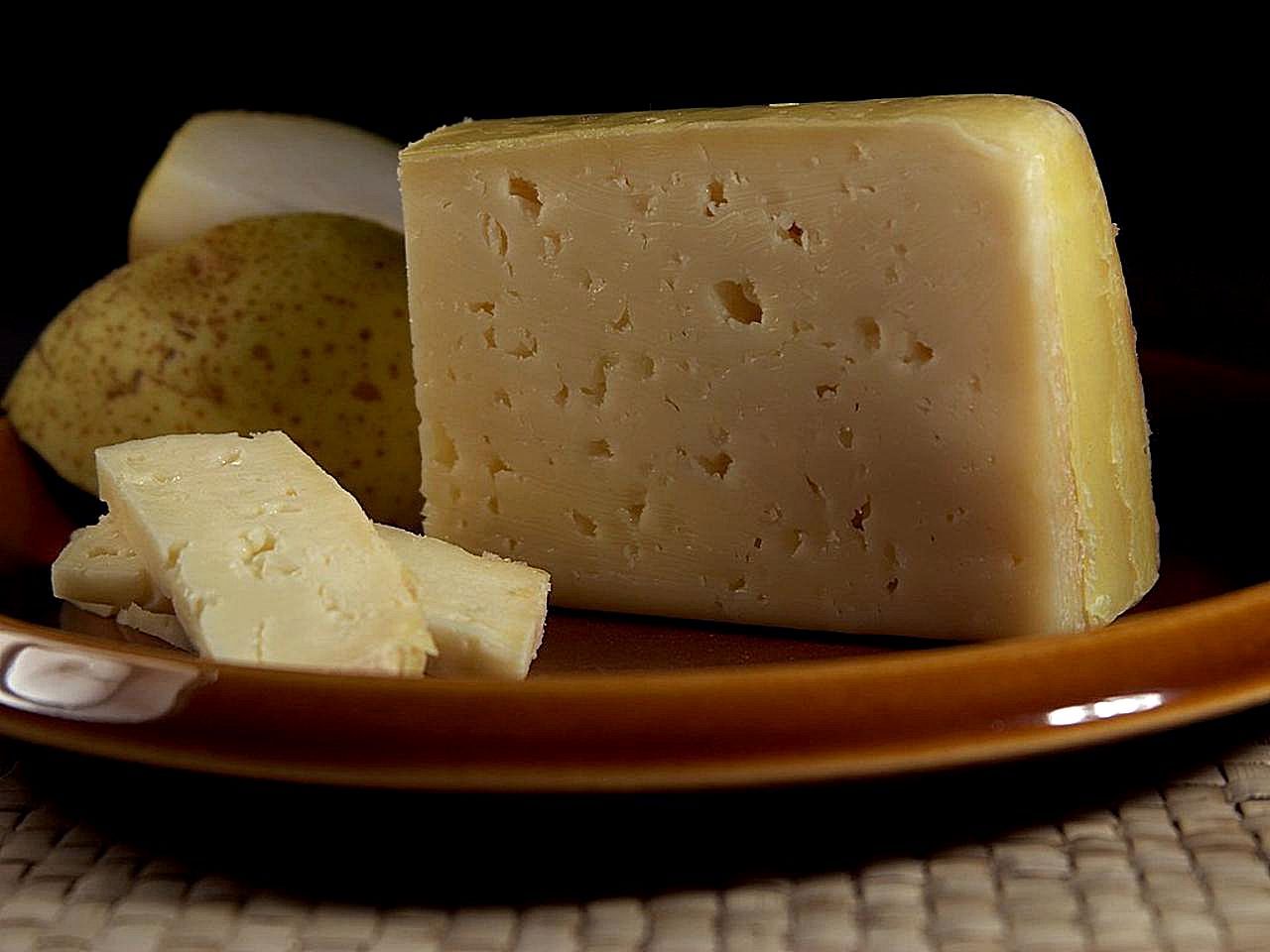Extraordinary characters of Edinburgh’s past
5th Oct 2015
For our guides here at Mercat the process of reading and researching never stops. There’s always something new that can be added to a tour, or a question needing answered, and our shelves bulge with books on all manner of topics of Scottish history and folklore.
One book that we all return to time and time again is Robert Chambers Traditions of Edinburgh. It’s remarkable in the fact that although it was written in 1824, its style still feels contemporary, and it’s completely accessible even to the history novice. Not only that, at times it is laugh-out-loud funny: not a thing that can often be said about a 191 year old history text. Chambers skill lies in recording the characters of Edinburgh, with their quirks and idioms, details that bring to life names that would otherwise only remain as a formal portrait or obituary, or perhaps would have been forgotten entirely. Here’s six of Edinburgh’s best personalities, captured for posterity because of Chamber’s curious mind.
Lord Gardenstone
Lord Gardenstone was a judge in our court system in Parliament House, and was also responsible for creating the Grecian style temple building at St Bernard’s Well on the Water of Leith. He was also a pig enthusiast, and used to walk a piglet on a lead like a dog. He also shared his bed with the pig until it became too large and cumbersome, at which point he let the animal sleep on his clothes on the floor, as it was ensured they were warm when he put them on in the morning. It’s fair to say that hygiene and body odour weren’t great concerns in the eighteenth century!
Lady Stair
Most Edinburgh residents are aware of Lady Stair’s Close on Lawnmarket, but the eponymous Lady Stair is a more obscure character, worthy of her own soap opera. Her first marriage to James, Viscount Primrose, was so turbulent that on one occasion she was forced to jump from a window as her husband charged at her with a sword. The couple separated, and her estranged husband fled to the continent. It is said that she consulted a fortune teller, who saw her husband bigamously marrying another woman. Several weeks later, Lady Stair’s brother returned from Holland where he reported that he had been invited to a wedding ceremony, only to find that his own brother-in-law was the groom. The tale may be slightly spurious, but it’s a great example of never letting the truth get in the way of a good story.
Lord Coalstoun
Coalstoun was another of Edinburgh’s judges who in all likelihood would have been forgotten if it wasn’t for Chambers. He recorded that Lord Coalstoun would dress himself in his court wig and robe at home, then walk to Parliament House in full garb. One morning he had the misfortune to linger under an open window, from which two girls were dangling a kitten on a string. The kitten landed on the judge’s wig, and as the girls frantically pulled the kitten back up on the string the wig came too, much to the judge’s confusion. Animal welfare was clearly not a great concern in those times!
Hugo Arnot
Hugo Arnot was an 18th century publisher, not only renowned for having a prematurely aged face that was compared to a dried haddock, but who could also be claimed to be the neighbour from hell. When a neighbour complained about the noise being made by the ringing of his servant’s bell, he dutifully stopped using it. Instead, he began summoning his servants by firing a pistol. Remember this, the next time you complain about the volume of your neighbour’s music...
Lord Kames
Chambers rather elegantly describes Lord Kames as ‘playful’ with an ‘ultra eccentric character’ including frequent usage of ‘a word only legitimately applicable to the female of the canine species’. As he left Parliament House for the last time eight days before his death, his parting words to his comrades were, ‘fare ye a’ weel, ye bitches!’ Gangster rap clearly has a lot to learn from the courts of old Edinburgh.
Mr Tytler of Woodhouselee
Mr Tytler, a close friend of Alan Ramsay, had a phobia of cheese. His mischief making children took it upon themselves to sew slices of Double Gloucester into his coat, causing him to exclaim, ‘cheese here too! Nay then the world is conspiring against me!’ whilst defending a case at the bar. Whether or not the children ever confessed to their prank is sadly, unrecorded.

